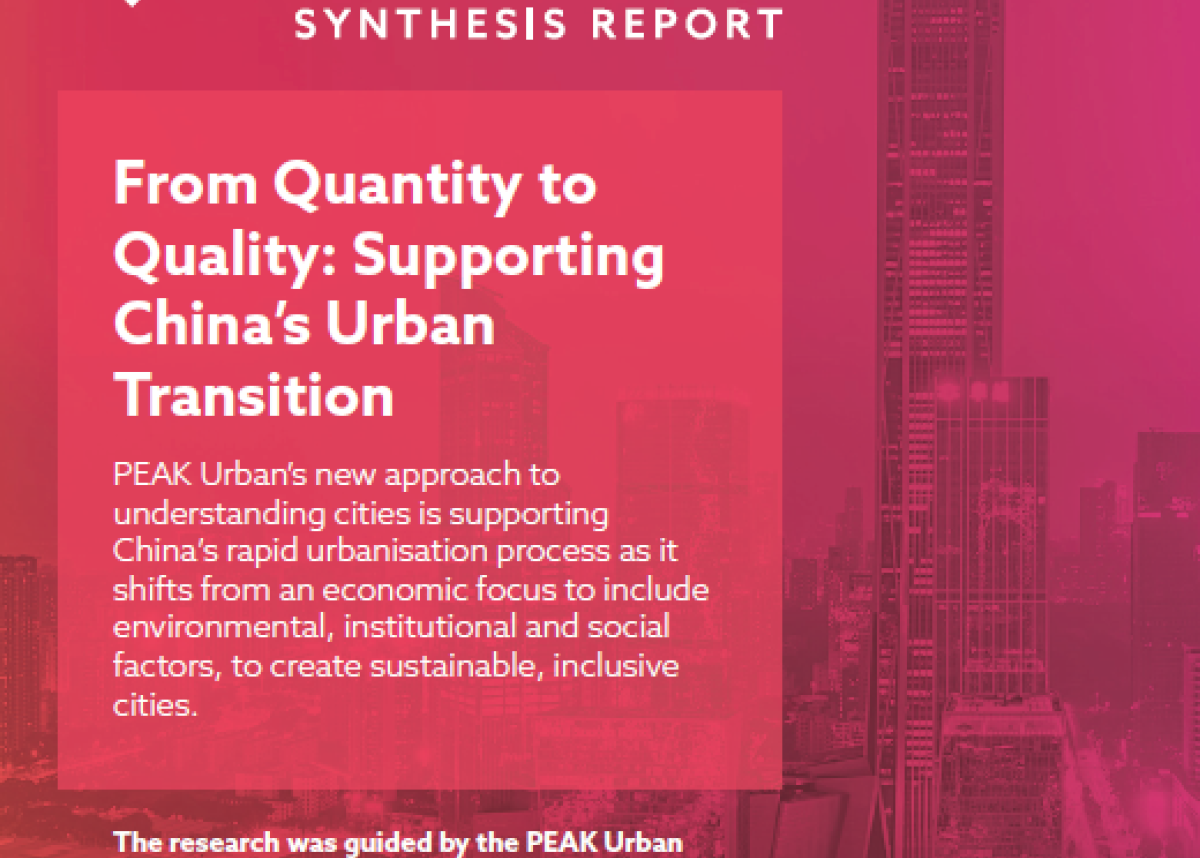
Tracking embodied water uses and GHG emissions along Chinese supply chains
China is facing both serious water scarcity and climate change challenges simultaneously. There is an urgent need to identify the synergies between water conservation and greenhouse gas (GHG) emission mitigation.
This paper aims to trace the embodied water uses and GHG emissions (i.e., CO2, CH4 and N2O) via China's domestic supply chains in 2012 and to explore their common important paths for driving the water withdrawals and the emissions of GHGs using the environmentally-extended input-output analysis and the structural path analysis.
The results show a significant coupling between the embodied water uses and the embodied emissions of CO2, CH4 and N2O in the supply chains on a national scale. The water-GHG nexus relationships from the consumption-side are systematically revealed in terms of industrial sectors, final demands and supply chain paths.
The top 20 nexus paths ranked by water together accounted for 37.40% of the national total water withdrawals. Ranked by GHGs, the proportions were 22.46% of the total GHG emissions. Synergies in saving water resources and mitigating the emissions of CO2, CH4 and N2O can be achieved through controlling important supply chain paths and critical transmission sectors.
The highly interlinked nature of water and climate change issues requires comprehensive solutions to reduce future freshwater and GHG emission needs to maintain sustained economic growth in China.